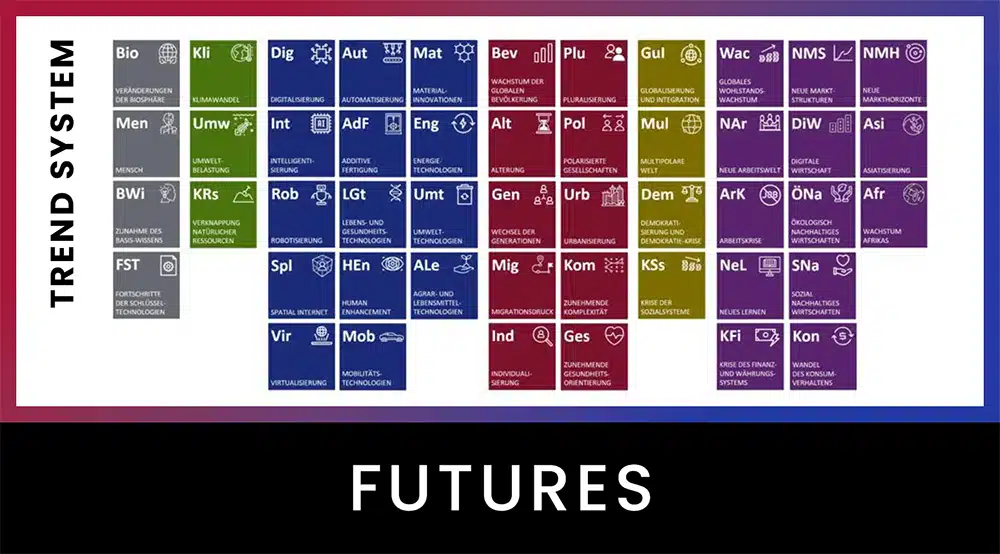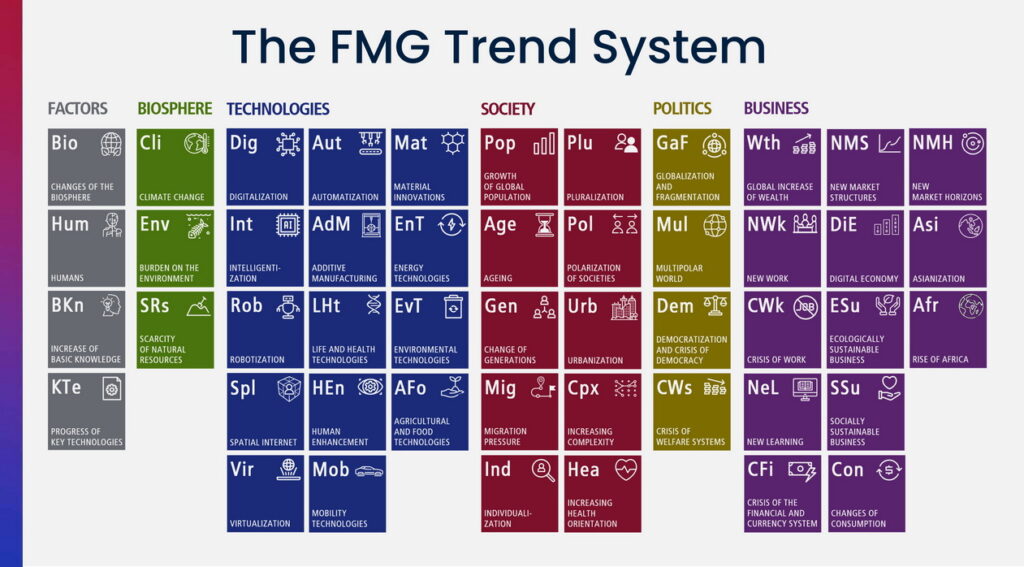Dr. Pero Mićić
How long does the battery in an EV last? Some say several hundred thousand kilometers, while others claim that after barely 100,000 kilometers, the battery is junk and must be disposed of as hazardous waste. So, what’s the truth?
Exactly three years ago, I published this video. Will electric cars become mainstream? Are they the future? My answer back then was that by around 2030 in Europe, more than 80% of newly sold cars would be battery-electric. This is already the case in Norway today, with almost an 82% share of electric cars.
Over the course of these three years, the number of sheer misinformed and ignorant comments under this video genuinely was really horrifying. The less someone knew, the more aggressive they became. One common misconception was that an electric car’s battery hardly lasts 100,000 km before ending up as toxic junk in a landfill.
Why is battery lifespan crucial for our future?
- Because batteries are a pivotal component for a brighter future with clean, renewable energy. Without significant storage capacity, solar and wind energy won’t be enought.
- Transportation is one of the most significant energy consumers.
- Mobility, as one of the key industries, employs millions of people, and the future of these jobs depends on the success of electromobility.
- For a sustainable and carbon-neutral economy, we need to electrify not just mobility but almost all sectors. This means moving away from oil, gas, and coal. Merely by electrifying, we would reduce our global energy consumption by 56%, according to a comprehensive and detailed study by Stanford University. And this isn’t just wishful thinking. It’s achievable with existing means, technologies and resources.
Lifetime of a battery in an EV – the reality
Let’s look at the reality based on scientific gathered data. All sources are linked.
Lithium batteries essentially come in two different chemistries: NMC and LFP.
NMC batteries
NMC are the older lithium-ion batteries made of lithium, nickel, manganese, and cobalt. The Tesla Model S, released in 2012, was the first mass-produced car powered by NMC batteries. NMC batteries boast a higher energy density than LFP batteries and can quickly deliver more power. Here’s a rundown of real-world data. Each point represents the so-called battery degradation, dependent on kilometers driven. Degradation indicates that a battery, over its lifetime, loses storage capacity due to wear—initially faster and then progressively slower.

In real life should maintain 70-80% of its capacity to be deemed usable for a vehicle. The real-world data from actual cars reveals that even the older versions of Tesla Model S batteries still hold over 90% of their capacity after 250,000 kilometers. In a more recent representation, the x-axis indicates 200,000 miles, or about 320,000 kilometers, and the capacity remains at 88%. Most vehicles don’t even last 320,000 kilometers.

LFP batteries
But, it gets even better. LFP are the newer lithium batteries made of lithium, iron, and phosphate. LFP batteries will likely power most future electric vehicles. They’re cheaper because they don’t contain nickel or cobalt, can be charged up to 100% without issues, are less sensitive during colder months, and pose even less fire risk. Note: Recent research suggests that combustion-engine cars are about 19 times more likely to catch fire than electric vehicles. The only disadvantage LFP batteries have over NMC batteries is their slightly lower energy density.
So, how long do LFP batteries last? Multiple scientific studies from various teams address this question, such as this one:

If you charge and drive at an average temperature of 25°C, the EV battery retains 93% of its capacity after 3,000 charge cycles. At 15°C, more typical of European climates, it’s around 95%. To be conservative, 90% is a safe estimate. We’ll delve deeper into the significance of charging cycles shortly.
In the next study, charging cycles vary based on how much the battery needs charging, represented by DoD (Depth of Discharge). The result: if you recharge the battery by 50% per cycle, represented by the blue line, it holds 90% of its capacity after 3,000 cycles. Charging more frequently by only 30% means the battery still retains 90% after 5,000 cycles. In reality, you’d rarely charge from 0% to 100%. Frequent charging up to 80% only happens for those who travel extensively. Even then, the battery retains about 83% of its capacity after 3,000 cycles.

Another study yields slightly different results. However, it confirms that, under regular use, a battery retains around 90% of its capacity after 3,000 cycles.

How many kilometers will the EV battery last?
HOW MANY KILOMETERS DOES A BATTERY LAST? What do these charging cycles mean? One charge cycle equates to a full battery charge. Suppose a battery provides a relatively modest 400 km range. Most cars have more today. Europeans drive an average of 38 km per day. Therefore, you’d need to recharge about 20% daily, equating to 0.2 charge cycles.
With a 400 km range, multiplying 400 km by 3,000 gives an astounding 1.2 million kilometers. At this point, the battery still retains 90% of its original capacity. Extending the findings from these resulty, typically, even after 5,000 cycles, the battery remains at 80%, translating to at least 1.8 million kilometers.
And there’s more: Current scientific consensus suggests that an LFP battery can endure up to 10,000 charge cycles before transitioning to its second life as a stationary storage unit. That’s 3.5 million kilometers.

LMFP batteries
LFP batteries are gaining more and more market share. And already, the next generation of cell chemistry is on the market. So-called LMFP batteries, which, in addition to lithium, iron, and phosphate, also contain some manganese. The LFP batteries are already very convincing. But LMFP will achieve another leap in performance. They will last even longer. They can be charged even faster. And they will have a higher energy density, so the ranges will increase. By around 10 to 15 percent. Gotion High Tech from China is currently bringing a battery with a 1,000 km range to the market. If we deduct 20% because of the very optimistic Chinese standard, it’s still 800 km. We would need to double the 1,2 and 1,8 million kilometers. And the battery won’t have to be huge for it. CATL and several smaller European companies are already producing LMFP batteries. Therefore, we might not necessarily need the long-awaited solid-state batteries to charge faster and drive farther.
Why does EV battery last longer than a phone battery?
The very clever commenters wrote that they see it with their smartphones, that the battery becomes practically unusable after three or four years. What these armchair experts don’t consider is that:
- A battery in an EV is monitored by a BMS, a battery management system. The cells are always kept at a healthy temperature, meaning they are heated or cooled as needed. This greatly extends their lifespan.
- Smartphones are typically fully charged daily, which significantly ages the batteries. With electric cars using NMC, you usually only charge up to 80%. LFP batteries can be charged up to 100% without drawbacks.
- Nowadays, the cell chemistries in electric car batteries are much more advanced than those in smartphones or laptops.
What do we need such long-lasting batteries for?
1 or 2 million kilometers? No one needs that! But yes, they do. First, in a few years, we will experience autonomous vehicles that don’t just drive one to two hours a day (making them more stationary than moving), but 10 to 15 hours a day. They will cover more than 300,000 km per year. For this, we need batteries with 5000 and more charge cycles, which can then be removed after ten years and reused as stationary batteries.
And there’s a second application. In the future, when most households or most robotaxi fleets have electric vehicles, we can use their batteries as Vehicle-to-Grid storage. When more and cheaper electricity is available, the car battery takes in power, and when less and more expensive electricity is available, the EV battery supplies the household.
Now What?
It’s a myth that batteries in electric vehicles become toxic waste for the landfill after hardly 100,000 km. Scientifically and practically proven, they last many hundreds of thousands of kilometers. LFP batteries even more than a million kilometers. And they’re not toxic waste either. They are recycled because even after decades, all raw materials are still present in the battery and can be reused. The recycling rate is over 96%, and recycling capacities are expanding worldwide. The reason there’s little to recycle in car batteries is that they last so long.
Three years ago, I thought my contribution to electric cars wasn’t really necessary because it seemed obvious. But even today and probably in a few more years, there are still surprisingly many people who have fallen victim to misinformation about electromobility.
The sad part is that even under this post, comments will appear that simply ignore all studies and claim that I am deliberately spreading lies here. And that I’m paid by the Green Party. Or by some mysterious “electro lobby”. What kind of sad worldview do these people have? No, dear conspiracy theorists, you don’t have to pay anyone to spread provden technical facts. And: It’s the Chinese who are expanding electromobility with incredible consistency and speed. And there is no Green Party in China!
The German and European economy is extremely dependent on the success of their automotive industry. It’s not just the well-known brand manufacturers but thousands of suppliers. And many other jobs in different sectors, entire families, and regions depend on each job in the automotive industry. Our automotive sector long failed to understand and ignored the significance of battery technology. Therefore, it’s almost impossible to catch up with the lead of the competition from China and Tesla. These competitors are too fast. To catch up with them, either the Chinese and Tesla would have to slow down for a while, and the traditional providers would have to speed up a lot. Both are realistically very unlikely.
No, electromobility is not an idea of the Greens. That’s the big mistake of skeptics and cynics. Again, there are no Greens in China. The Chinese are extremely rational and strategic. They know that battery-electric mobility is technically, economically, and ecologically by far the better alternative to the combustion mobility of the past.
If you want to develop a motivating, but realistic and intelligent future strategy for your company, we will be happy to show you how to do it. We have been developing and implementing future strategies for over years.
Just follow these links:
► The Future Strategy Program for SMEs
► Free video crash course THE FUTURE OF YOUR BUSINESS
► BUSINESS WARGAMING for robust business and future opportunities
► KEYNOTES by Pero Mićić for your employees and customers
Have a bright future!


































